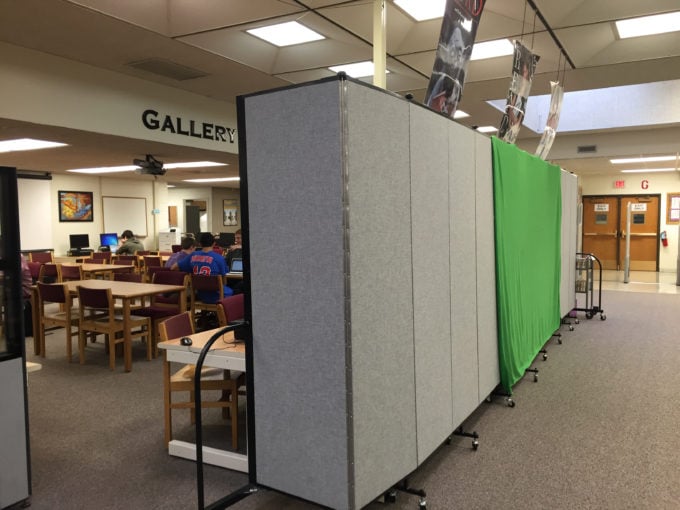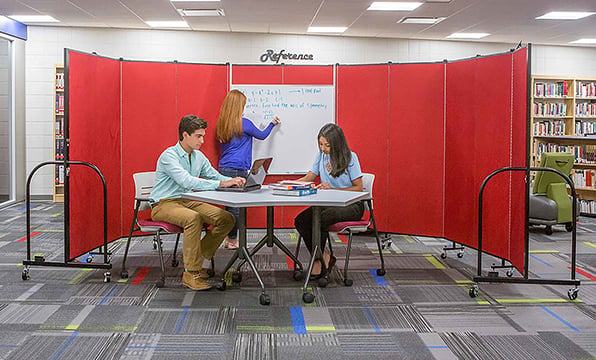School Design Revisited
Market: Education
How do you picture a classroom?
When you envision the classroom you grew up in, you would likely recall neat and orderly rows of desks and chairs with the teacher standing stoically in the front of the classroom next to the chalkboard. But today’s modern classrooms look more like a hotel lobby with comfortable and flexible seating, fabric cushions, and stimulating colors. This relaxed learning environment has prompted school architects to think outside the box when recommending design and furniture.
In his book, “Teaching with the Brain in Mind”, author Eric Jensen explores the benefits of movement to improve student learning and retention. Movement increases blood flow and oxygen to the brain for better cognitive function. Because of the increasing evidence showing the value of student movement, schools now create co llaborative spaces that offer students the ability to choose how and where they would like to sit. These spaces include collaboration zones, workrooms, labs, and individual learning pods. So how does a school accommodate all these learning areas into their existing space? The answer is mobility.
llaborative spaces that offer students the ability to choose how and where they would like to sit. These spaces include collaboration zones, workrooms, labs, and individual learning pods. So how does a school accommodate all these learning areas into their existing space? The answer is mobility.
When educators use a movable wall, they are able to use one room in various ways. One classroom can feature a lecture space, a collaborative working area, and quiet study booths at the same time. Accessible unused spaces like corridors and alcoves can now be equipped with dividers to create a designated learning pod while still allowing for teacher supervision. Students who use the hallway for a group project are given a space to concentrate on their tasks without distraction.
Portable room dividers also provide an alternative option for students to stay focused. Whether students are studying, preparing for a test, or taking a test, self-contained study booths offer focused learning. The walls create a sound and visual barrier for a student needing to complete a task without distraction.
Conclusion
In today’s schools, learning environments need to be flexible and versatile. Portable classroom partitions offer just that. The results of using temporary walls in a school setting are that students are more focused, they take ownership of their seating options, and advance in an environment that is conducive to their learning style. Educators can create learning segments in their facility space to encourage creative thinking, collaboration, and increased focus. Additionally, movable walls provide a way for schools to retrofit traditional and non-traditional designs with little expense.
